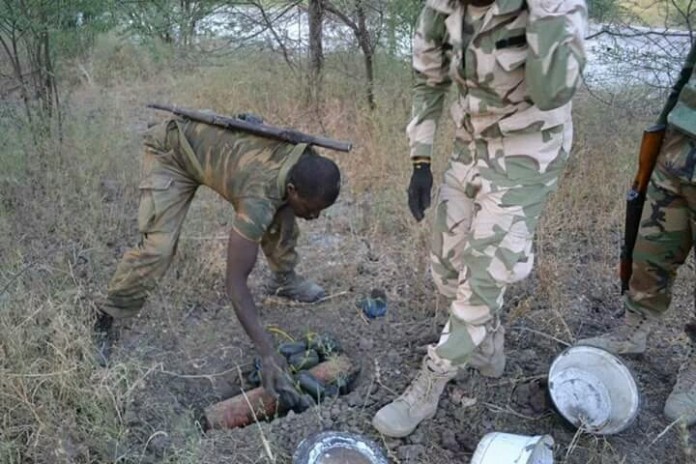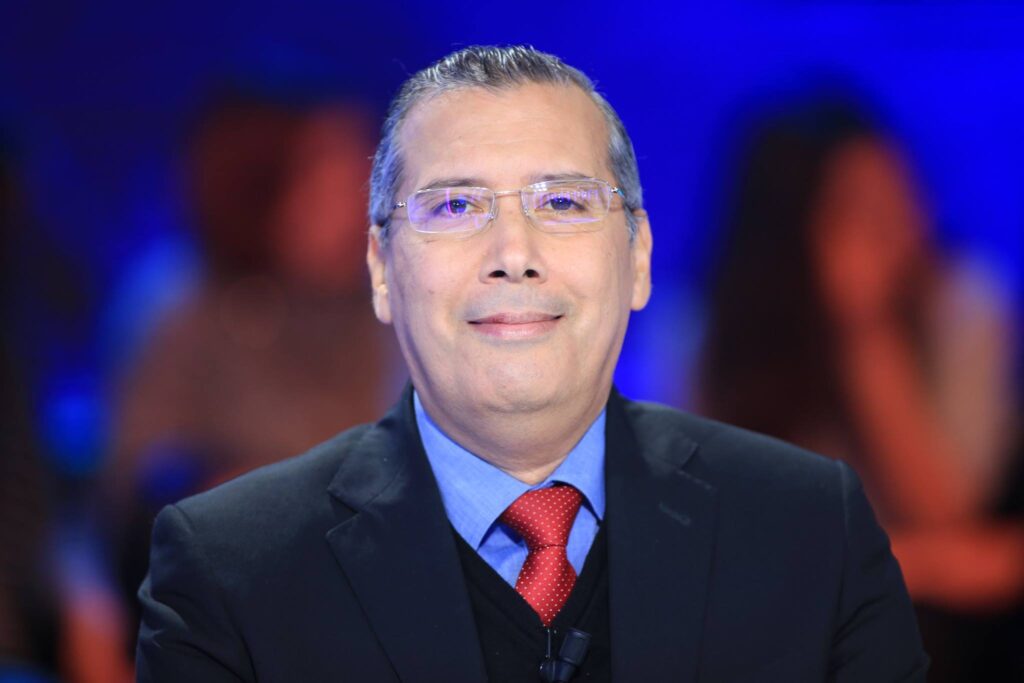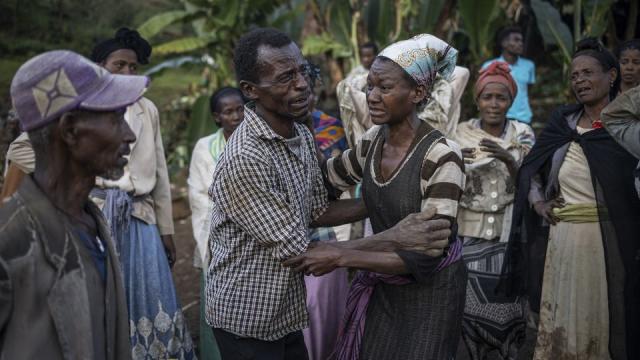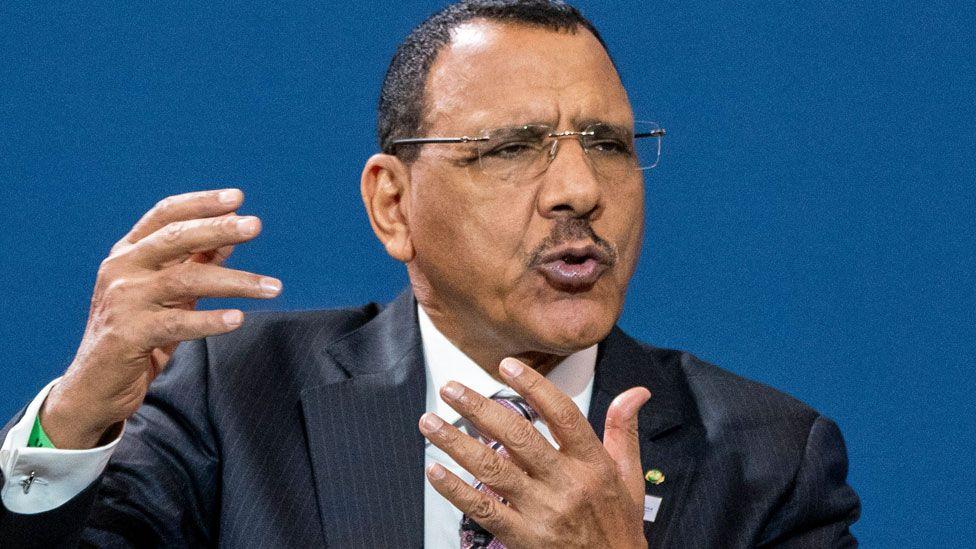
In some of the remotest regions affected by Morocco’s earthquake, villagers were still residing in makeshift tents and depending on donkeys to transport essential supplies as they awaited state assistance, nearly a week following the disaster.
The earthquake, measuring 6.8 in magnitude, struck the High Atlas Mountains on the evening of September 8th. According to the most recent official statistics, it claimed the lives of 2,946 individuals and left 5,674 injured, making it Morocco’s deadliest earthquake since 1960 and the most powerful recorded since at least 1900.
Although organised camps with spacious government-provided tents and military field hospitals have emerged in some of the larger towns, certain remote areas in the rugged region continue to rely on donations left by citizens along the roadsides.
Reporters traveling along a secluded road that links Amazigh, or Berber, villages, observed survivors living in small tents or makeshift shelters crafted from plastic sheets expressing fear that aftershocks might further damage their already compromised homes.
“We Amazigh feel like foreigners in our country. We feel isolated. The people here are in need. They feel like they are alone,” Radouen Oubella, 20, said in his village of Azermoun.
He was echoing enduring complaints about the marginalization of the Amazigh community in the predominantly Arab nation.
The government has stated its commitment to providing assistance to all victims of the earthquake to the best of its abilities.
In a statement released on Thursday, the royal palace reported that 50,000 houses had been confirmed as damaged by the earthquake. It also pledged to offer shelter and 30,000 dirhams ($3,000) to households affected by the disaster.
Furthermore, the royal palace vowed to provide reconstruction assistance, offering 140,000 dirhams for homes that had collapsed and 80,000 dirhams for those that had sustained damage.
Despite being approximately 72 km (45 miles) from the earthquake’s epicenter and experiencing some damage, the city of Marrakech is set to proceed with hosting the annual meetings of the World Bank and the International Monetary Fund, scheduled for October 9-15, as confirmed by Morocco’s central bank governor on Thursday.
However, in the Amazigh villages, there was minimal indication of government assistance materializing or of life returning to normal in the near future.
Although organized camps featuring large government-provided tents and military field hospitals have emerged in certain larger towns, some parts of the region continue to rely on donations left by citizens along the roadsides for their survival.




